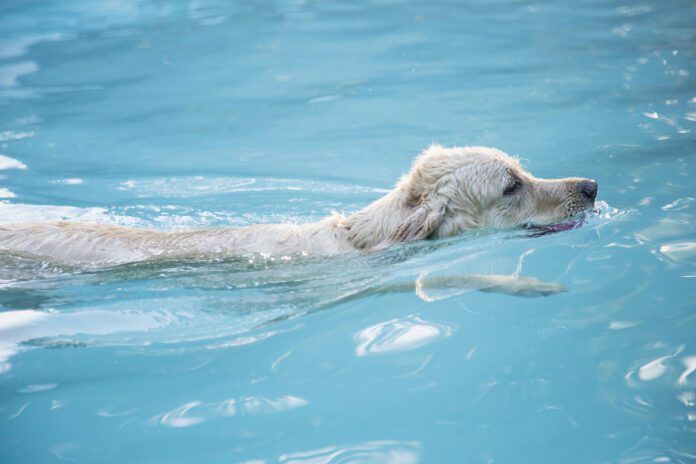Swimming dogs can experience “water intoxication,” or hyponatremia, making it wise to monitor the dog’s time in the water. It’s all too easy, especially with small dogs and dogs retrieving toys from the water, for the dog to accidentally ingest too much water and get water intoxication. The term “saltwater poisoning in dogs,” or hypernatremia, is the result of ingesting too much saltwater.
Both causes are your dog ingesting too much water, which affects the sodium levels in your dog’s blood and can make your dog extremely ill. There are other causes, too, like illness and behavior problems. Regardless of the cause, too much or too little sodium in the blood is a veterinary emergency that can cause either hyponatremia or hypernatremia in dogs, both of which are life-threatening imbalances of sodium to water in the dog’s body.
Critical Sodium Balances
Water balance in the body is handled by several different physical mechanisms involving the brain, the kidneys, and the endocrine system. It is strongly dependent on sodium levels in the bloodstream. Too much sodium in the bloodstream is called hypernatremia, and too little sodium in the bloodstream is hyponatremia. Both conditions are bad and, when severe, can lead to death.
Brain cells are especially sensitive to sodium imbalance, so it’s not surprising that the classic symptoms of both hypernatremia and hyponatremia in dogs are neurologic. With hypernatremia, water flows out of cells into the bloodstream, causing neuronal dehydration and shrinking of brain cells. With hyponatremia, water is pushed into cells, resulting in cerebral edema and brain cell swelling.
Signs of hypernatremia or hyponatremia in dogs include:
- Lethargy
- Weakness
- Incoordination
- Disorientation
- Muscle twitching
- Vomiting/diarrhea
- Loss of appetite
- Seizures
- Coma
- Death
Hypernatremia in dogs results from either significant water loss from the body or significant sodium gain. Causes of significant water loss in dogs include:
- Vomiting/diarrhea
- Kidney disease
- No access to drinking water
- Diabetes (both forms: mellitus and insipidus)
- Neurologic disease resulting in decreased water intake
- Heat stroke, fever, seizures
- Medications (diuretics, steroids)
Causes of sodium gain in dogs include ingestion of:
- Seawater
- Saltwater pool water
- Table salt
- Beef jerky treats
- Homemade Playdough
- Overeating anything salty
Hyponatremia in dogs results from either excessive water gain or excessive sodium loss from the body.
Causes of sodium loss in dogs include:
- Vomiting/diarrhea
- Diseases causing fluid to accumulate in the abdomen or chest (third space phenomenon)
- Thermal burns to skin
- Urinary loss caused by diuretic medications, Addison’s disease, kidney disease, and cerebral salt-wasting disease
Causes of excessive water gain in dogs include:
- Behavioral overdrinking (psychogenic ploydipsia)
- Hypothyroidism
- Diabetes mellitus
- Excessive freshwater ingestion while swimming
If your dog starts showing any signs of hypernatremia or hyponatremia, consider this an emergency and get to the vet right away. Treatment will vary depending on severity and underlying causes, but typically involves hospitalization and intravenous fluid therapy.
Things you can do to avoid these life-threatening conditions include:
- Regular veterinary examinations and recommended health screening tests
- Avoid environmental hazards like salty foods left within reach
- Keep clean, fresh water always available
- Protect your dog from seasonal heat stress by providing shade, fans, and/or air conditioning.






